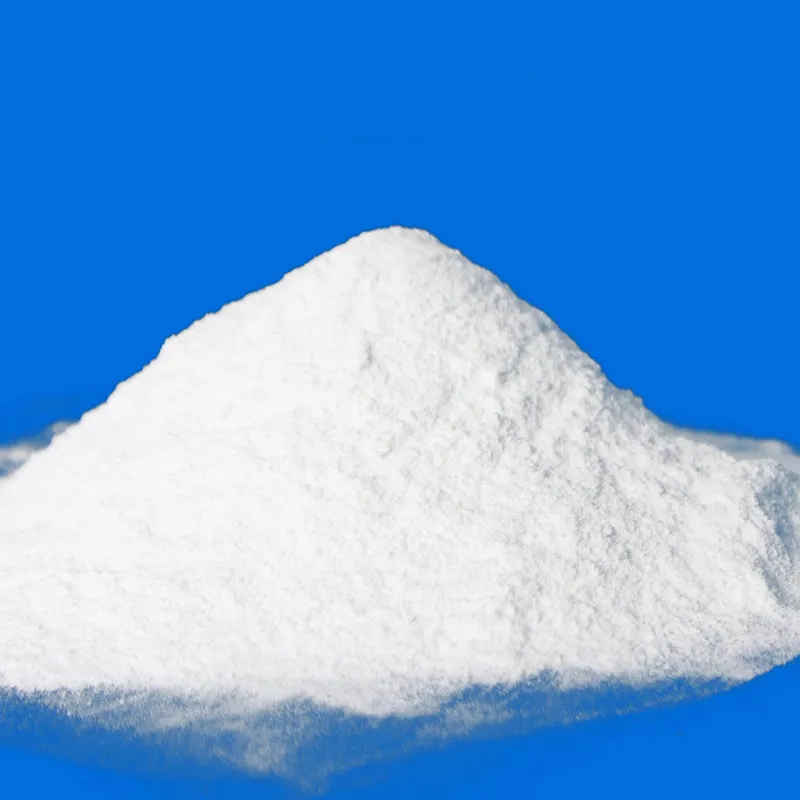
Exploring the Benefits and Uses of Monosodium Glutamate in Culinary Seasoning
The Role of Monosodium Glutamate in Seasoning
Monosodium glutamate, commonly known as MSG, is a flavor enhancer that has ignited discussions among chefs, nutritionists, and food enthusiasts for decades. Widely used in various cuisines around the world, MSG has established itself as a staple in the culinary toolkit. This article explores the history, uses, health considerations, and cultural significance of monosodium glutamate in seasoning.
Historical Context
MSG was first discovered in 1908 by the Japanese chemist Kikunae Ikeda, who was intrigued by the unique savory taste present in seaweed broth. He identified glutamate as the compound responsible for this distinct flavor, which he termed umami, one of the five basic tastes alongside sweet, sour, bitter, and salty. By isolating glutamate and combining it with sodium, Ikeda created monosodium glutamate, which he later trademarked under the name Ajinomoto. Since then, MSG has become a ubiquitous ingredient in both home and restaurant cooking.
Culinary Applications
Monosodium glutamate enhances the umami flavor profile of dishes, making them more savory and appealing. It is particularly popular in Asian cuisines, where it is often sprinkled over soups, stir-fries, and marinades. However, its applications extend beyond Asian food; it is commonly found in processed foods such as snack chips, canned soups, frozen meals, and sauces.
When used correctly, MSG can elevate the taste of a dish without overwhelming it. It works by activating taste receptors on the tongue associated with umami, and it often enhances the flavors of other ingredients. What makes MSG particularly appealing is that it can reduce the need for salt, thus allowing chefs to create flavorful dishes while respecting dietary restrictions.
Health Considerations
monosodium glutamate seasoning

The safety of monosodium glutamate has been a topic of controversy. In the 1960s, some individuals reported experiencing symptoms such as headaches and nausea after consuming foods containing MSG, a phenomenon that was dubbed Chinese Restaurant Syndrome. However, extensive research has shown that these reactions are relatively rare and not indicative of a widespread issue. Health organizations, including the U.S. Food and Drug Administration (FDA) and the World Health Organization (WHO), have classified MSG as safe for consumption.
That said, moderation is key, as is the case with any additive. Individuals sensitive to glutamate should be aware of their consumption, but the majority of the population enjoys MSG without any adverse effects. Chefs and home cooks alike can utilize MSG responsibly to enhance their culinary creations while considering individual dietary preferences.
Cultural Significance
In many cultures, monosodium glutamate has not only transformed cooking but has also become a symbol of modern convenience. As the global food landscape continues to evolve, MSG has carved a niche for itself by bridging traditional culinary practices with contemporary dining experiences. In countries like Japan, MSG is embraced as a natural element that adds depth to flavors, while in others, it occasionally faces skepticism.
Moreover, MSG's journey embodies the interplay between science and gastronomy. As a product of food science, it reflects our quest for flavor optimization, yet it also invites ongoing discussions about food integrity and health standards.
Conclusion
Monosodium glutamate remains an essential seasoning that has shaped the way we experience flavors in food. Understanding its origins, uses, and implications allows us to appreciate MSG not merely as a culinary ingredient but as a bridge that connects traditional cooking with modern tastes. Whether it garners love or disdain, its legacy in the culinary world is undeniable, and its ability to enhance flavors will continue to inspire chefs and home cooks for generations to come. As we embrace global cuisines, MSG serves as a reminder of the complex tapestry of flavors that enrich our dining experiences.
-
Pure Sodium Dichloroisocyanurate Dihydrate | Powerful DisinfectantNewsAug.29,2025
-
Industrial Chemicals: Quality & Purity for Every IndustryNewsAug.28,2025
-
Nitrile Rubber Honoring Strict Production StandardsNewsAug.22,2025
-
Aspartame Ingredients Honoring Food Safety ValuesNewsAug.22,2025
-
Fertilizer for Balanced Plant NutritionNewsAug.22,2025
-
Cyanide Gold Processing with High Purity AdditivesNewsAug.22,2025
-
Formic Acid in Textile Dyeing ApplicationsNewsAug.22,2025
Hebei Tenger Chemical Technology Co., Ltd. focuses on the chemical industry and is committed to the export service of chemical raw materials.
-

view more DiethanolisopropanolamineIn the ever-growing field of chemical solutions, diethanolisopropanolamine (DEIPA) stands out as a versatile and important compound. Due to its unique chemical structure and properties, DEIPA is of interest to various industries including construction, personal care, and agriculture. -

view more TriisopropanolamineTriisopropanolamine (TIPA) alkanol amine substance, is a kind of alcohol amine compound with amino and alcohol hydroxyl, and because of its molecules contains both amino and hydroxyl. -

view more Tetramethyl Thiuram DisulfideTetramethyl thiuram disulfide, also known as TMTD, is a white to light-yellow powder with a distinct sulfur-like odor. It is soluble in organic solvents such as benzene, acetone, and ethyl acetate, making it highly versatile for use in different formulations. TMTD is known for its excellent vulcanization acceleration properties, which makes it a key ingredient in the production of rubber products. Additionally, it acts as an effective fungicide and bactericide, making it valuable in agricultural applications. Its high purity and stability ensure consistent performance, making it a preferred choice for manufacturers across various industries.





